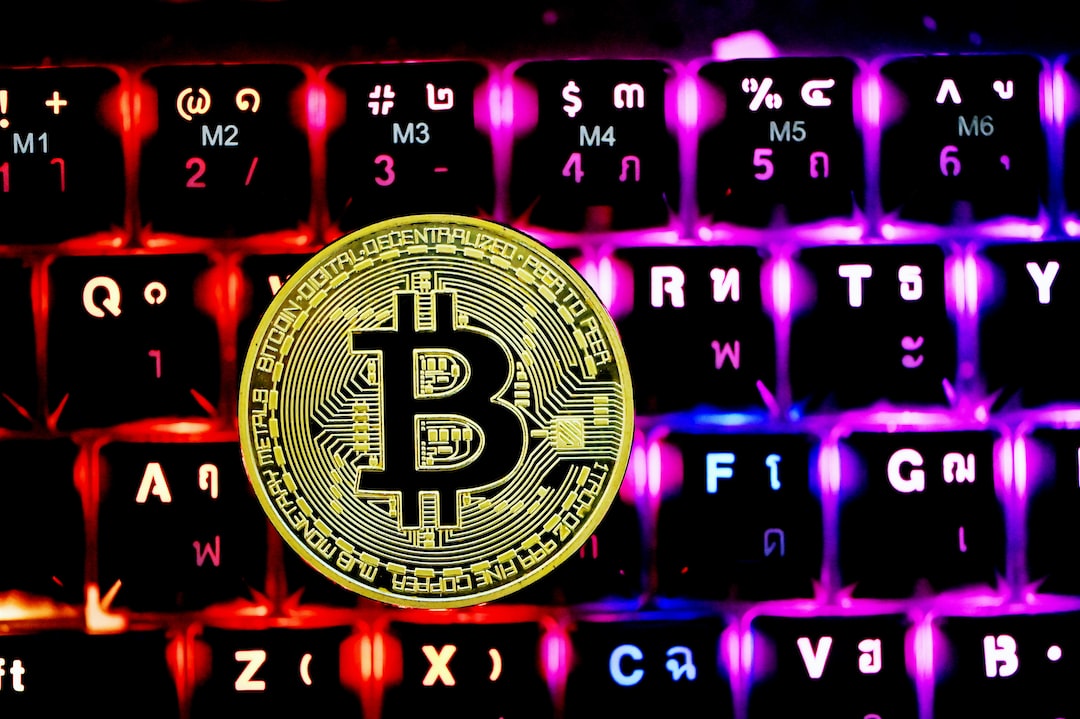Bitcoin’s price fell over 10% last week as the yield on the 10-year inflation-indexed security reached its highest level since 2009. This has led to a renewed negative correlation between Bitcoin and the bond yield, indicating the influence of traditional finance and macro factors on the cryptocurrency’s price.
Key points:
1. Bitcoin and the 10-year U.S. inflation-indexed security are moving in opposite directions, with a negative correlation coefficient of -0.72.
2. The correlation broke down in July amid optimism for the approval of a spot ETF.
3. When real yields are negative, investors tend to turn to high-risk alternatives like cryptocurrencies.
4. The yield on the 10-year U.S. inflation-indexed security rose to 1.97%, its highest level since 2009.
5. The outlook for risk assets has worsened due to rising real yields, energy costs, concerns about China’s economy, and higher borrowing costs.
Hot Take:
The negative correlation between Bitcoin and the bond yield suggests that the cryptocurrency is still influenced by traditional financial factors. As real yields rise and investors seek safer investments, the volatility of Bitcoin may continue.





 By
By
 By
By

 By
By

 By
By